First published on May 27, 2021
I’m still an NFT skeptic. I don’t see equating sales values derived in an unstructured and unregulated NFT marketplace with the staying power of art values derived in an established, organized market. Quite simply, the NFT model is right now fueled by social media-driven “in the moment” popularity; but these kinds of bullish markets built on euphoria rarely last very long (again, the “few early winners and lots of losers” problem). To get a better handle on the NFT phenomenon we will compare a recent art sale in the established art auction market, to a recent NFT transaction.
Let’s first consider the drivers of value in the traditional art market
We’ll use the recent $562,000 Christie’s sale of Jean-Michel Basquiat’s ‘Bad Foot’, as an example of a traditional auction sale. The key drivers of value are:
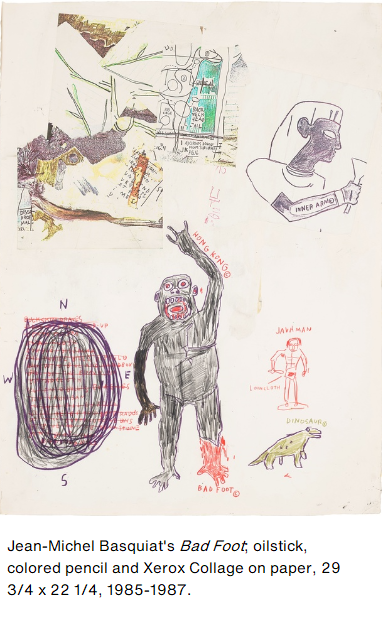
- Only one person or entity can own and decide who sees it, where it resides, how it is maintained and what to do with it.
- There is a relative scarcity of works. Only one Bad Foot exists, even a perfect copy of the work would be of little value because it is not the original.
- Basquiat has a long, proven market track record; pre-sale estimates and sale prices are readily available not only for his works, but similar artists working in an expressionist genre, in the city of New York, during the 1980s, as comparison.
- Basquiat has an established place in the canon. If you don’t agree with this, consider the $93 million sale of Basquiat’s In This Case (Acrylic and oilstick on canvas, 77 7/8 x 73 3/4, 1983.) at auction in May 2021.
It is easy to understand how the value of Bad Foot was reached; its value can be tied to established drivers, which is why I believe the value will be sustained.
Now let’s consider what drives the value of NFTs
Let’s take ‘Nyan Cat’, an NFT that sold for around $580,000. This meme of a cat with a Pop-Tart body propelled through space by seemingly farting rainbows, resembles a character in a mid-1980s gaming system. Quite the opposite of the established art market model, NFT sales are driven by clicks, copies, and downloads. Juxtaposing Nyan Cat to what drove the value of Bad Foot, we see:
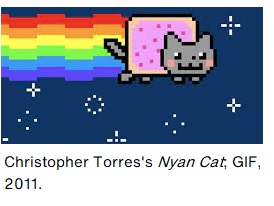
- NFTs convey something akin to quasi-ownership at best. What the collector is really buying is the authentic version of a readily available digital artwork; the more people who have it, the more the owner can boast to friends, acquaintances, and anyone on the street about being in possession of the authentic version.
- Nyan Cat is readily available. I can get it, as I have here.
- No NFT has an established sales record; the high demand seems partially based on being one of the first to own.
- Hype trumps artistic genius. This is why “name brands” and social media influencers are rushing to leverage their celebrity and cash in on NFTs in a way even QVC must admire.
So where do we go from here
NFTs are a fragile proposition right now. I still come back to why would someone pay such a high price for the one authentic copy of Nyan Cat that has been clicked, copied, downloaded hundreds of thousands of times? And, what happens when the owner tries to sell it when the clicks fall off? Here is the very insightful 5 ½ minute video by the Wall Street Journal on NFTs starring Nyan Cat.

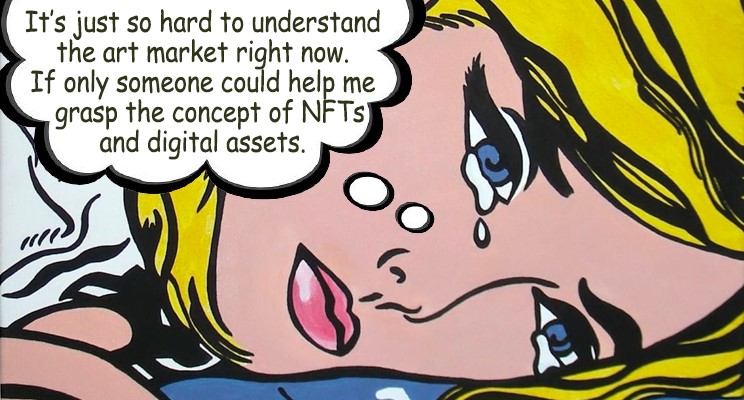
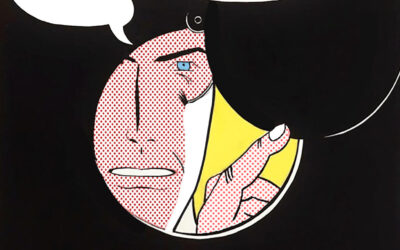
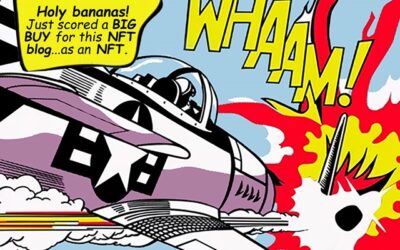
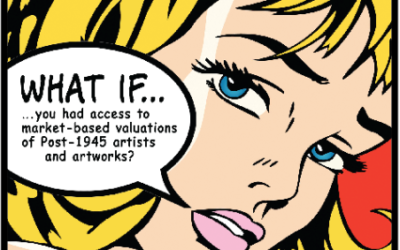
0 Comments